Johannes Hirn
Establishing a real-time traffic alarm in the city of Valencia with Deep Learning
Sep 05, 2023Abstract:Urban traffic emissions represent a significant concern due to their detrimental impacts on both public health and the environment. Consequently, decision-makers have flagged their reduction as a crucial goal. In this study, we first analyze the correlation between traffic flux and pollution in the city of Valencia, Spain. Our results demonstrate that traffic has a significant impact on the levels of certain pollutants (especially $\text{NO}_\text{x}$). Secondly, we develop an alarm system to predict if a street is likely to experience unusually high traffic in the next 30 minutes, using an independent three-tier level for each street. To make the predictions, we use traffic data updated every 10 minutes and Long Short-Term Memory (LSTM) neural networks. We trained the LSTM using traffic data from 2018, and tested it using traffic data from 2019.
Exploring how a Generative AI interprets music
Jul 31, 2023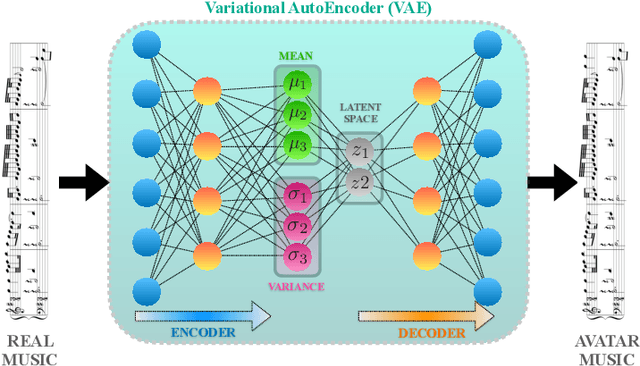
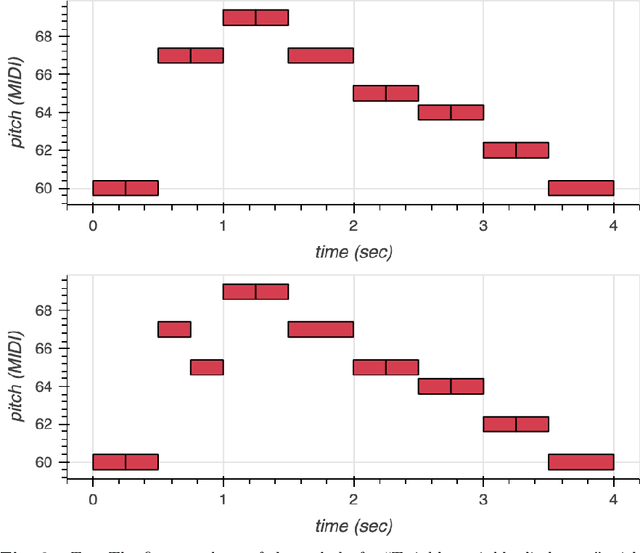
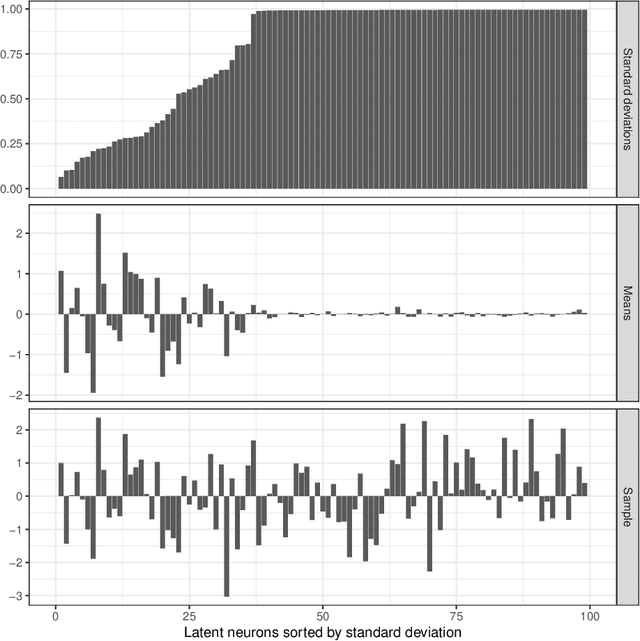
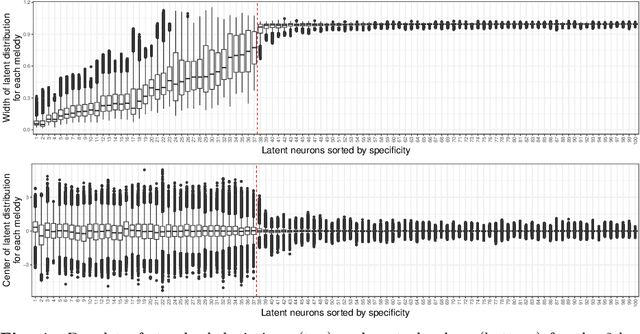
Abstract:We use Google's MusicVAE, a Variational Auto-Encoder with a 512-dimensional latent space to represent a few bars of music, and organize the latent dimensions according to their relevance in describing music. We find that, on average, most latent neurons remain silent when fed real music tracks: we call these "noise" neurons. The remaining few dozens of latent neurons that do fire are called "music neurons". We ask which neurons carry the musical information and what kind of musical information they encode, namely something that can be identified as pitch, rhythm or melody. We find that most of the information about pitch and rhythm is encoded in the first few music neurons: the neural network has thus constructed a couple of variables that non-linearly encode many human-defined variables used to describe pitch and rhythm. The concept of melody only seems to show up in independent neurons for longer sequences of music.
Predicting the traffic flux in the city of Valencia with Deep Learning
Oct 04, 2022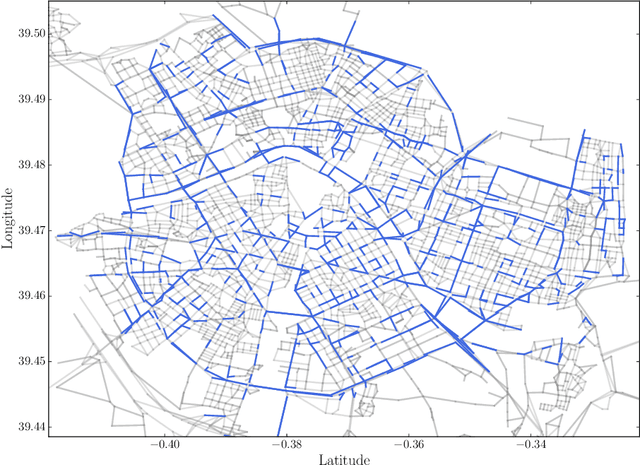

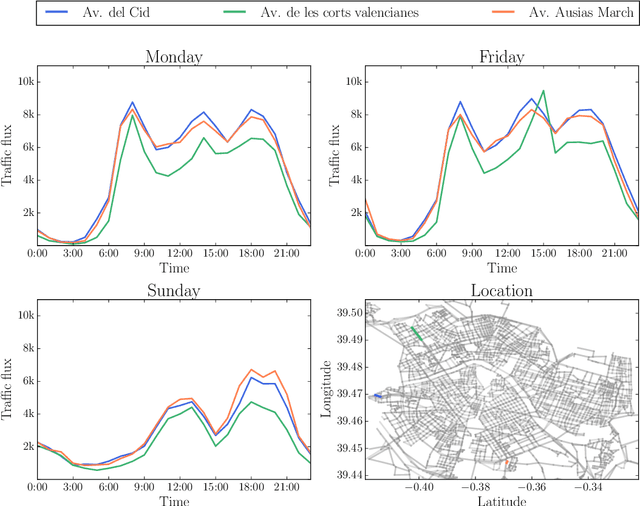
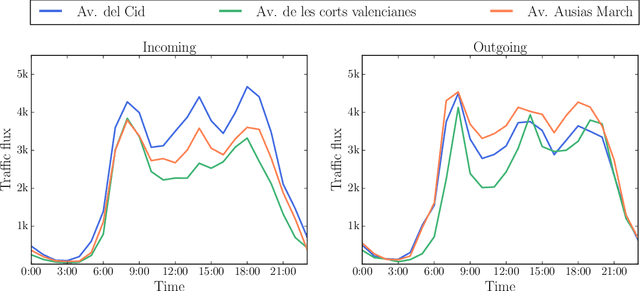
Abstract:Traffic congestion is a major urban issue due to its adverse effects on health and the environment, so much so that reducing it has become a priority for urban decision-makers. In this work, we investigate whether a high amount of data on traffic flow throughout a city and the knowledge of the road city network allows an Artificial Intelligence to predict the traffic flux far enough in advance in order to enable emission reduction measures such as those linked to the Low Emission Zone policies. To build a predictive model, we use the city of Valencia traffic sensor system, one of the densest in the world, with nearly 3500 sensors distributed throughout the city. In this work we train and characterize an LSTM (Long Short-Term Memory) Neural Network to predict temporal patterns of traffic in the city using historical data from the years 2016 and 2017. We show that the LSTM is capable of predicting future evolution of the traffic flux in real-time, by extracting patterns out of the measured data.
Symmetry meets AI
Mar 10, 2021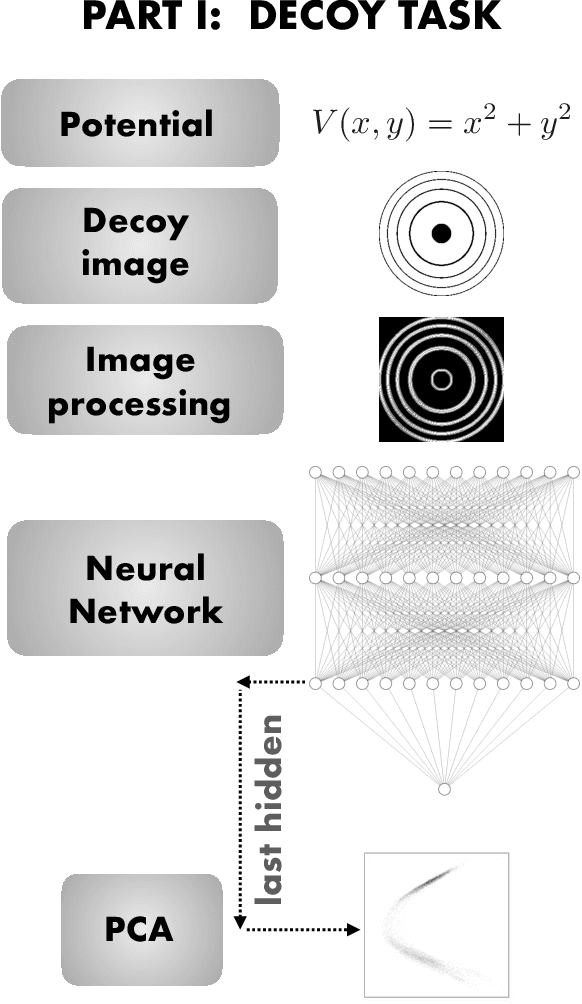
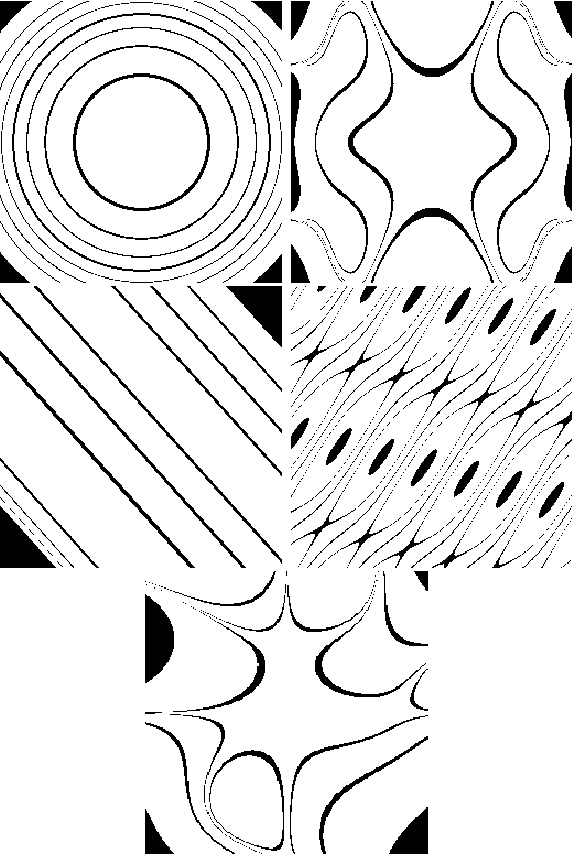
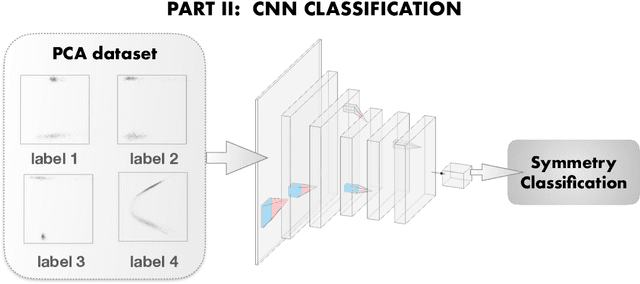
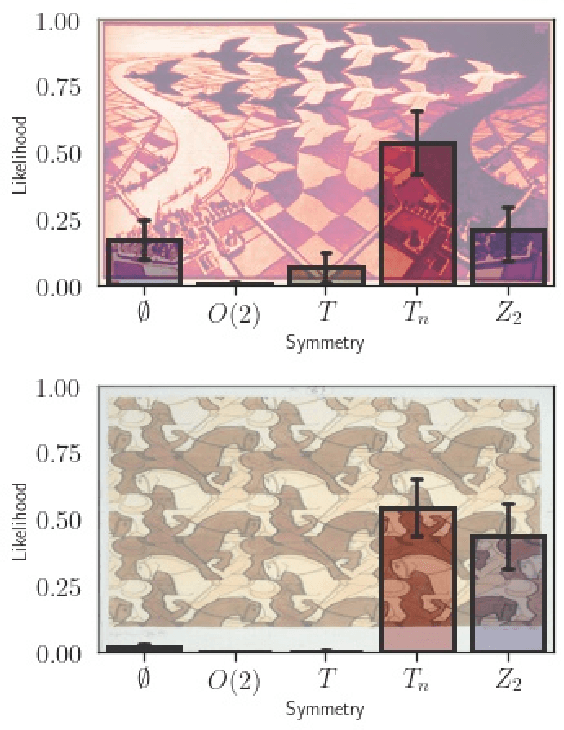
Abstract:We explore whether Neural Networks (NNs) can {\it discover} the presence of symmetries as they learn to perform a task. For this, we train hundreds of NNs on a {\it decoy task} based on well-controlled Physics templates, where no information on symmetry is provided. We use the output from the last hidden layer of all these NNs, projected to fewer dimensions, as the input for a symmetry classification task, and show that information on symmetry had indeed been identified by the original NN without guidance. As an interdisciplinary application of this procedure, we identify the presence and level of symmetry in artistic paintings from different styles such as those of Picasso, Pollock and Van Gogh.
 Add to Chrome
Add to Chrome Add to Firefox
Add to Firefox Add to Edge
Add to Edge